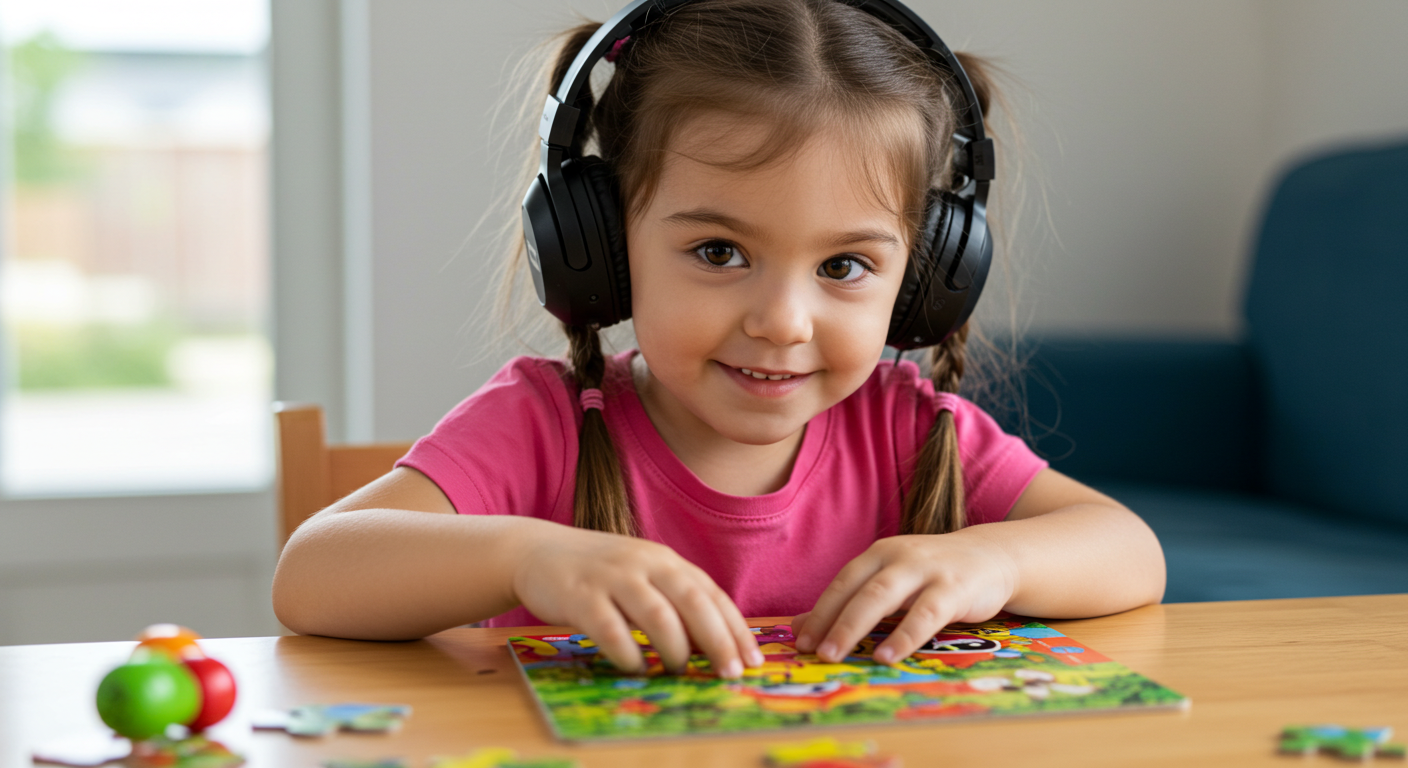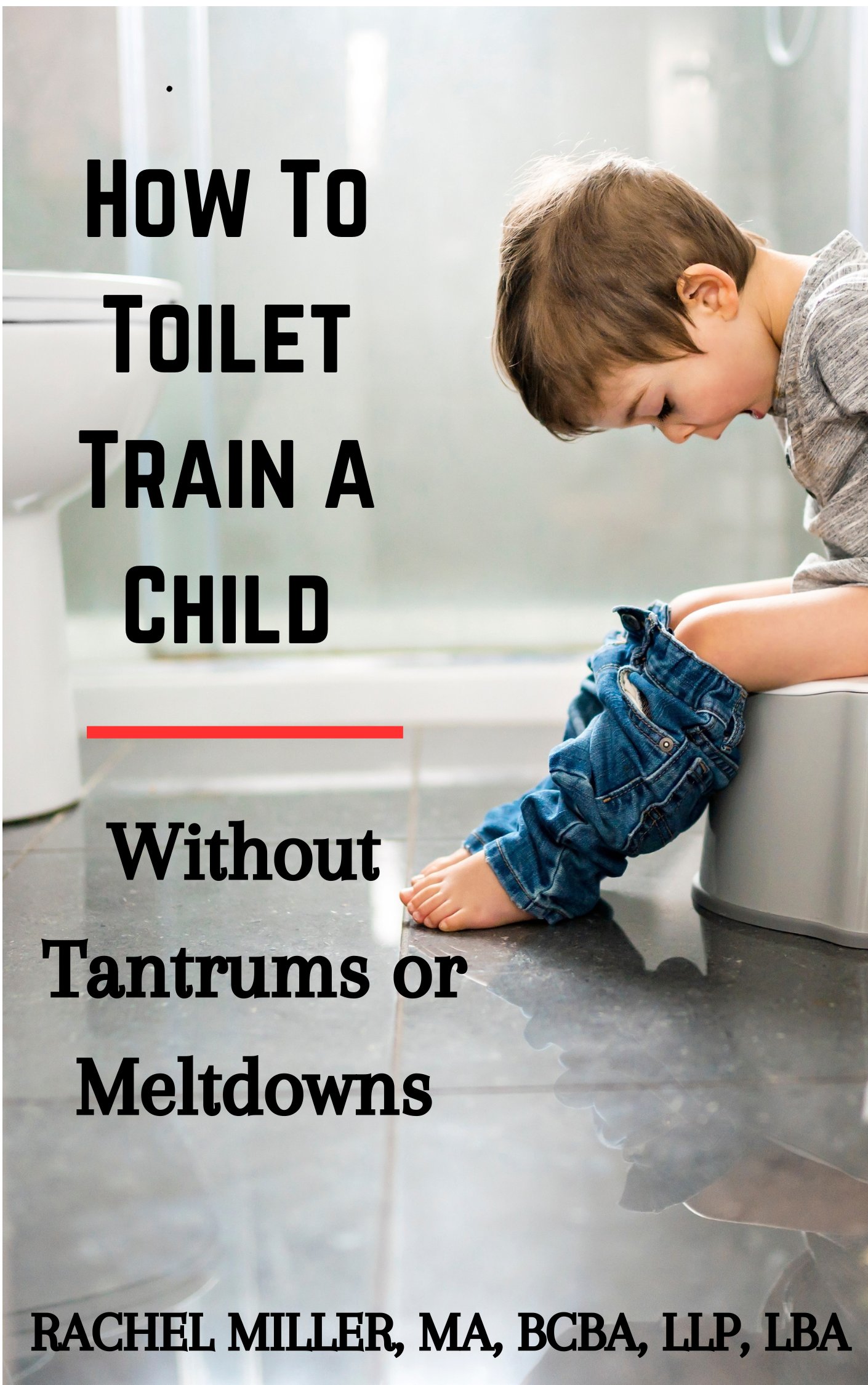Integrated Listening Systems (ILS):
A Comprehensive Guide

Integrated Listening Systems (ILS) is an innovative, multi-sensory therapy designed to enhance the brain’s ability to regulate and process information. By combining auditory, visual, and vestibular stimulation, ILS strengthens emotional regulation, attention, focus, and social engagement.
This evidence-based program is often used as a complementary therapy for children with autism, ADHD, sensory processing disorders, and learning challenges.
What Is Integrated Listening Systems (ILS)?
ILS uses specially designed music delivered through headphones that combine air and bone conduction. This dual-input method stimulates multiple parts of the brain simultaneously. Therapy sessions also include targeted physical exercises to provide multi-sensory input, further reinforcing learning and regulation.
When the brain processes sensory information more efficiently, children can:
- Improve focus and concentration
- Strengthen social and communication skills
- Retain new information more quickly
- Manage emotions and behaviors more effectively
Insurance & Home Program Options
Currently, ILS therapy is not covered by insurance. However, families can access an affordable home program that requires just 3–5 hours per week. This option allows parents to integrate ILS into daily routines as a supplement to Applied Behavior Analysis (ABA) therapy.
ILS and ABA Therapy: A Stronger Approach Together
ABA therapy is highly effective for children with autism because it provides consistent, repetitive learning opportunities. However, some children may require many trials before mastering new skills.
Integrated Listening Systems bridges this gap by creating new neural pathways that accelerate learning. When ABA and ILS are combined, children often:
- Learn new skills with fewer repetitions
- Retain information more effectively
- Progress at a faster pace
- Require less time-intensive intervention from parents and therapists
For families who cannot afford full-time ABA, ILS can serve as a valuable alternative or supplement.
Who Can Benefit From Integrated Listening Systems?
ILS is not limited to autism therapy—it supports a wide range of developmental, learning, and neurological needs.
Conditions and Applications of ILS:
- Sensory Processing Disorders – Improve regulation and response to sensory input
- ADHD & Attention Challenges – Boost focus, concentration, and emotional balance
- Learning Disabilities & Auditory Processing Disorders – Strengthen reading, memory, and comprehension
- Neurodevelopmental Disorders (ASD, Down Syndrome, Cerebral Palsy) – Enhance communication, behavior, and social skills
- Emotional & Psychological Support – Foster self-confidence, stability, and vitality
- Stroke & Brain Injury Rehabilitation – Improve memory, planning, organization, and motor function
- Performance Optimization – Support athletes, artists, and professionals by increasing processing speed, creativity, and resilience
The iLs Focus System Programs
The iLs Focus System includes several structured programs tailored to developmental needs. Based on a sensory assessment, children and adults may begin in one of these areas:
- Sensory Processing
- Attention & Concentration
- Reading & Auditory Processing
- Optimal Performance
Each program builds on previous progress, ensuring steady and measurable development.
How ILS Works: Multi-Sensory Stimulation
ILS therapy is unique because it combines multiple forms of input:
- Specially formulated music at brain-targeted frequencies
- Air and bone conduction headphones for deep auditory stimulation
- Movement-based exercises to integrate sensory, motor, and cognitive skills
This combination helps the brain absorb, organize, and retain information more effectively—making ILS a powerful tool for both learning and therapy.
What to Expect During ILS Therapy
Many parents and caregivers wonder what a typical ILS session looks like. While details can vary based on the program and the individual’s needs, most ILS therapy follows a consistent structure:
- Listening Sessions – Children (or adults) wear specialized headphones to listen to music that has been acoustically modified to target brain function. Sessions typically last 20–60 minutes, depending on the program.
- Movement and Exercises – To enhance brain-body integration, sessions often include physical activities such as balance exercises, fine motor tasks, or coordination games. These exercises reinforce the sensory input provided by the music.
- Home or Clinic Setting – ILS can be delivered in a therapist’s office or at home with parent support. Many families find the home program flexible and easy to integrate into daily routines.
- Progress Tracking – Therapists or parents usually track changes in attention, behavior, and learning progress over time. Improvements may be subtle at first but typically build steadily with consistent use.

Common Outcomes Families Report
- Better focus at school and during homework
- Reduced emotional outbursts and improved self-regulation
- Faster learning in combination with therapies like ABA or speech therapy
- Enhanced confidence in social situations
- Improved coordination and body awareness
Every child’s journey is unique, but most families notice positive shifts within the first 4–6 weeks of consistent ILS use.
Integration With Other Therapies
The iLs Focus System can be seamlessly integrated with many existing therapies and practices, including:
- Speech Therapy
- Physical Therapy
- Occupational Therapy
- ADHD Coaching
- Autism Interventions
- Psychology & Counseling
- Sports Coaching
How do I get treatment?
The iLs systems require each individual doing their programs have supervision of a trained professional associate. You can find out more information about ILS at https://integratedlistening.com to find an associate in your area.
If you haven't already, be sure to check out my ebooks, now on Amazon!

